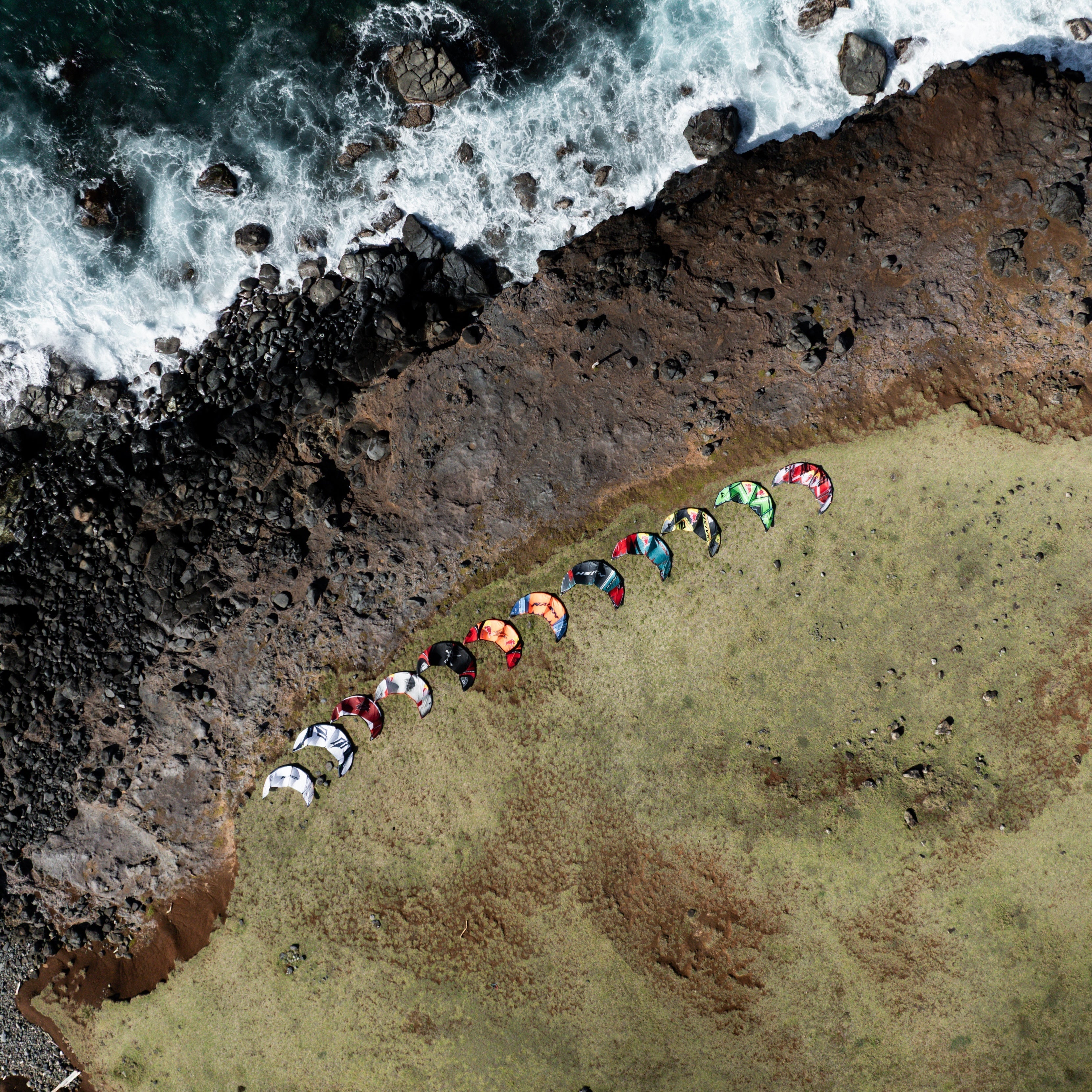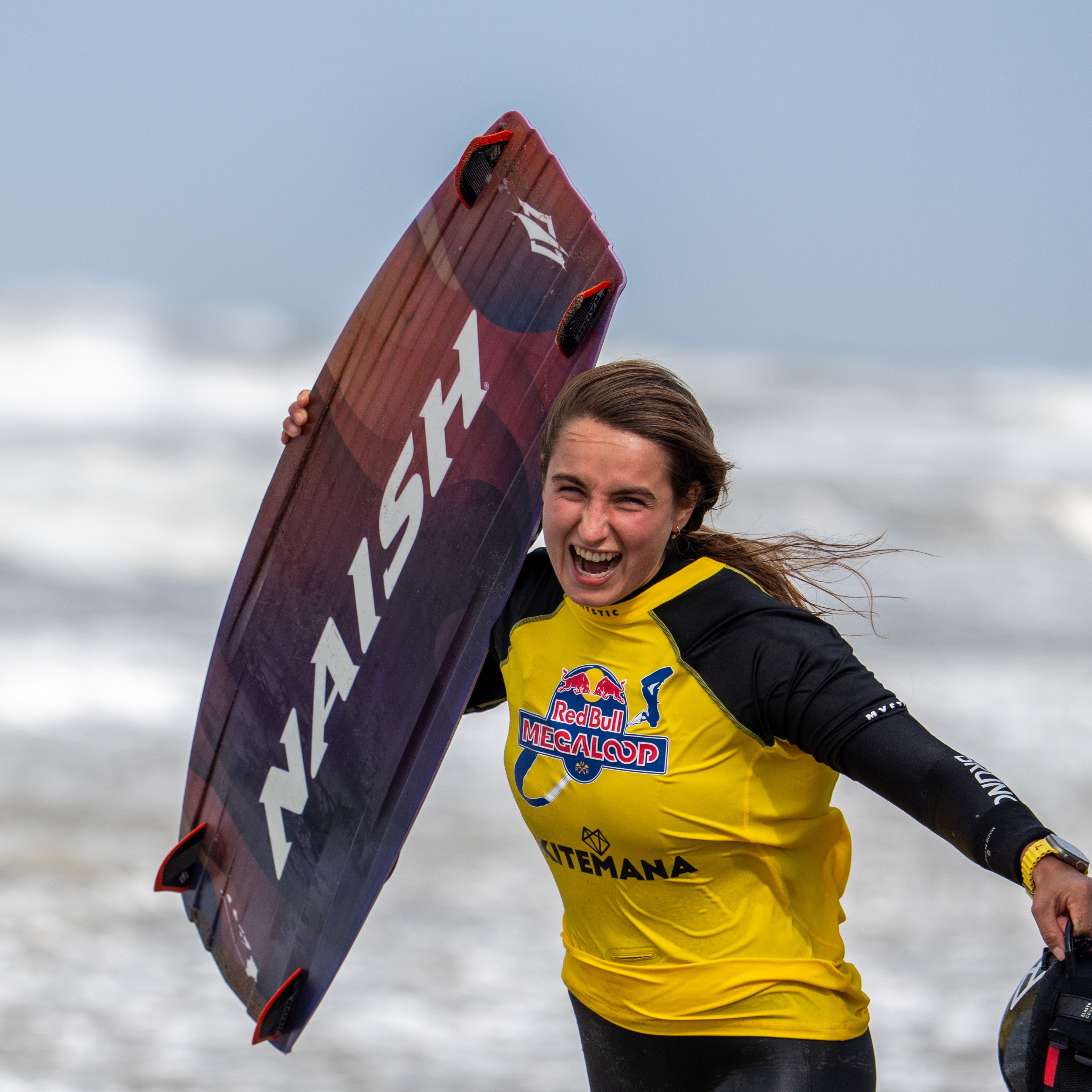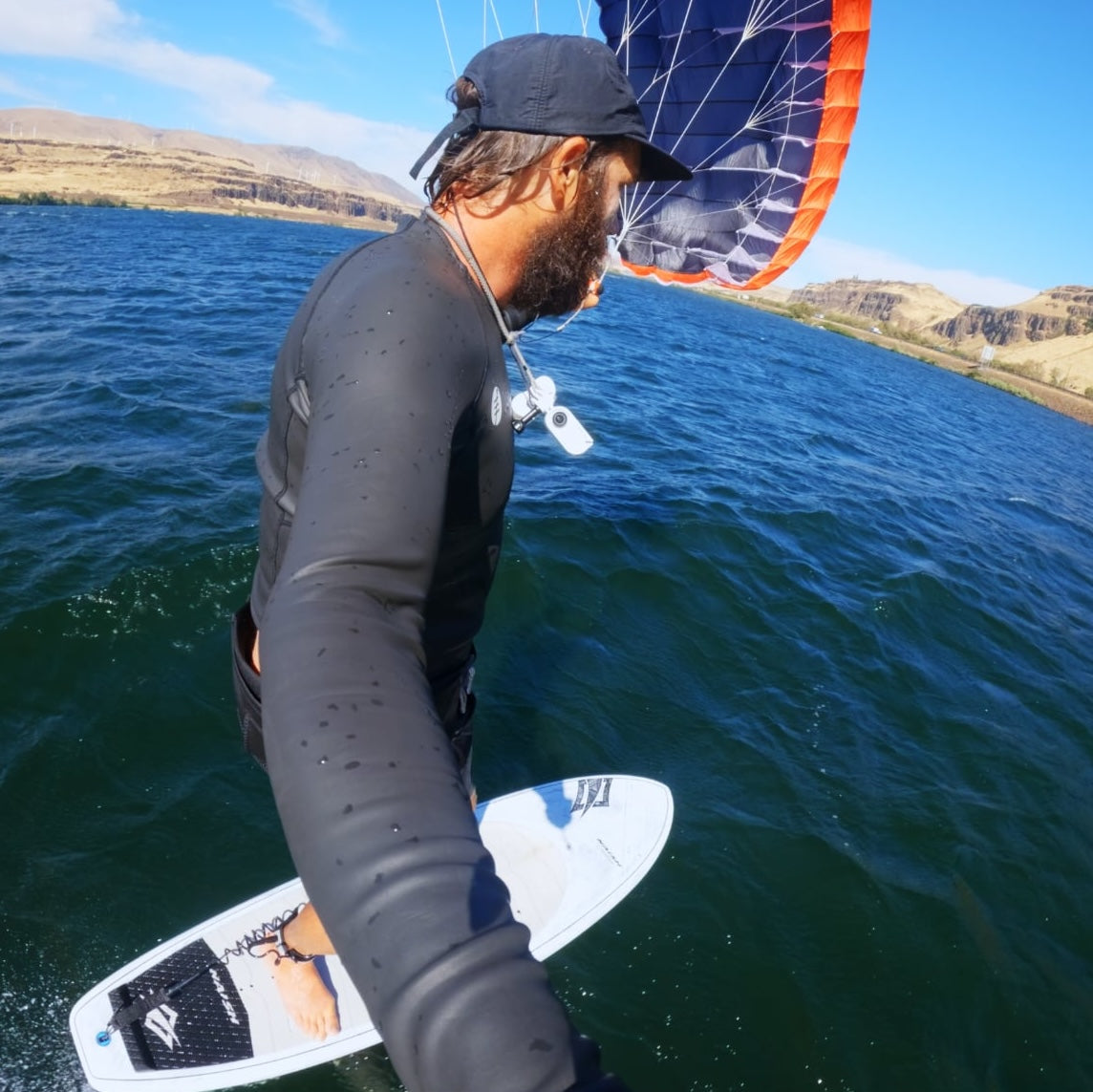
Learning to Parawing with Alex
"From choosing the right board volume to picking the ideal foil and parawing, here’s what I’ve learned in my first dozen sessions - and why the setup makes all the difference when getting into parawinging." - Alexander James Lewis-Hughes
Words by Alexander James Lewis-Hughes
At the time of this video, I’d had about 10 to 12 sessions, and overall, it had been a fairly easy process. I don't think learning to parawing is that hard if you're someone who can already wingfoil or kitefoil. There are several similar aspects, such as controlling the kite or the wing. It’s very similar to kitesurfing once you understand that the bar is 90 degrees compared to a normal kite bar. It's intuitive to ride, it steers like a kite, it’s not difficult to steer, and it's not that difficult to understand how it makes power. Sheeting in and sheeting out is the same as what you would do on any other kite.
As for my first time getting started, I didn't have many problems. I think if you can kite foil or you can wing, it's going to be super easy for you to get going if you have the right equipment; if you have a big enough board, a big enough foil, a big enough parawing, you're going to get going. It's like riding a kite foil setup with super short lines, a big board, and a big foil. It feels like mid-length kite foiling - that’s what I'd like to call it.

I think the biggest area that people are going to have trouble with is just the start, finding out how to balance and stand up on the board easily without falling over. Once you figure that out, you're not going to have many problems. If you can already foil, I think you can do this.
The number one thing you really need to consider when you're getting into this sport is that you need a board that is going to make things easy. Yes, people are riding a prone board or something very low volume that you could prone on - something like 35, 37, 38 liters - but getting started on something like that is really difficult and requires good technique, and it requires technique that I think you need to learn first on something bigger. You're going to want something that is much closer to your weight in liters. I'm riding a 70 litre board, I weigh about 87 kilos, and that 15 liters lower than your weight is something I see a lot of people riding. Most people say that’s fairly easy for them when it's about 15 liters less than their weight. If I'm standing on the board and it's not windy, I'm going to sink up to about my thighs.
I've been liking the JetHA 840. I think the 840 is probably the best foil in the current Naish lineup for me right now. I do think, though, if you're just getting started, you probably want to start out first on the 1040 - it's going to be an easier time linking together bumps and figuring out how it all works.
The rear wings that I've been riding in general, are smaller, more efficient ones. I think you do need that efficiency with the parawing. The parawing isn't a kite; you can't just simply loop the kite or swoop the kite to drag something that's a bit more draggy underneath you. With the parawing, you want something a little bit more efficient. I think in general you want to go with as small and most efficient rear as you can use, and that will allow you to connect the bumps and glide a bit more when you're stowed away.
The parawing I've been using for my first tries was the Morph 4 meter. I think a 4 meter is a pretty versatile size and something that you can use at a lot of locations. The Morph is a pretty low aspect stable wing, easy to get up on for your first tries, and easy to stow away because it's quite minimal and packs down quite small.

Eventually, you're going to get good, you're going to be able to stow your wing away, and you're going to need a stow belt. The wing goes in it and you put it around onto your back so your hands are free. I don't think you're going to want to use this in the beginning. I think the first few times especially, you're definitely going to just want to hold the parawing or use a rash vest or some kind of top that you can just put the parawing under. That's the easiest because you're just holding it and then you can stuff it under, and you can get it back out quickly, but after some time, you're definitely going to want some kind of stow belt.
If you have any questions or you want to know something, feel free to reach out to me in the YouTube comments section. I’m always happy to answer any questions.
I hope you have a good one out there!
Peace,
Alex
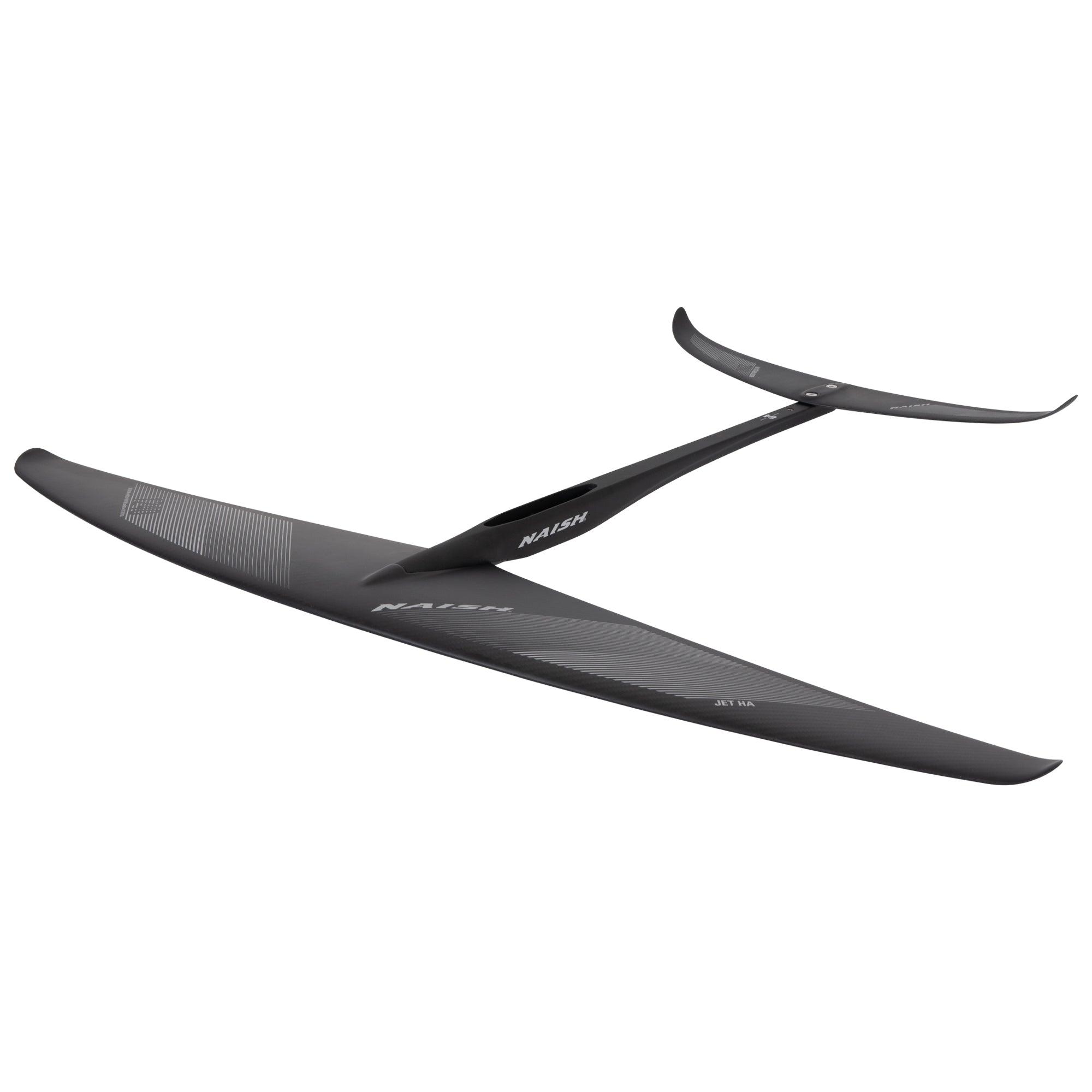
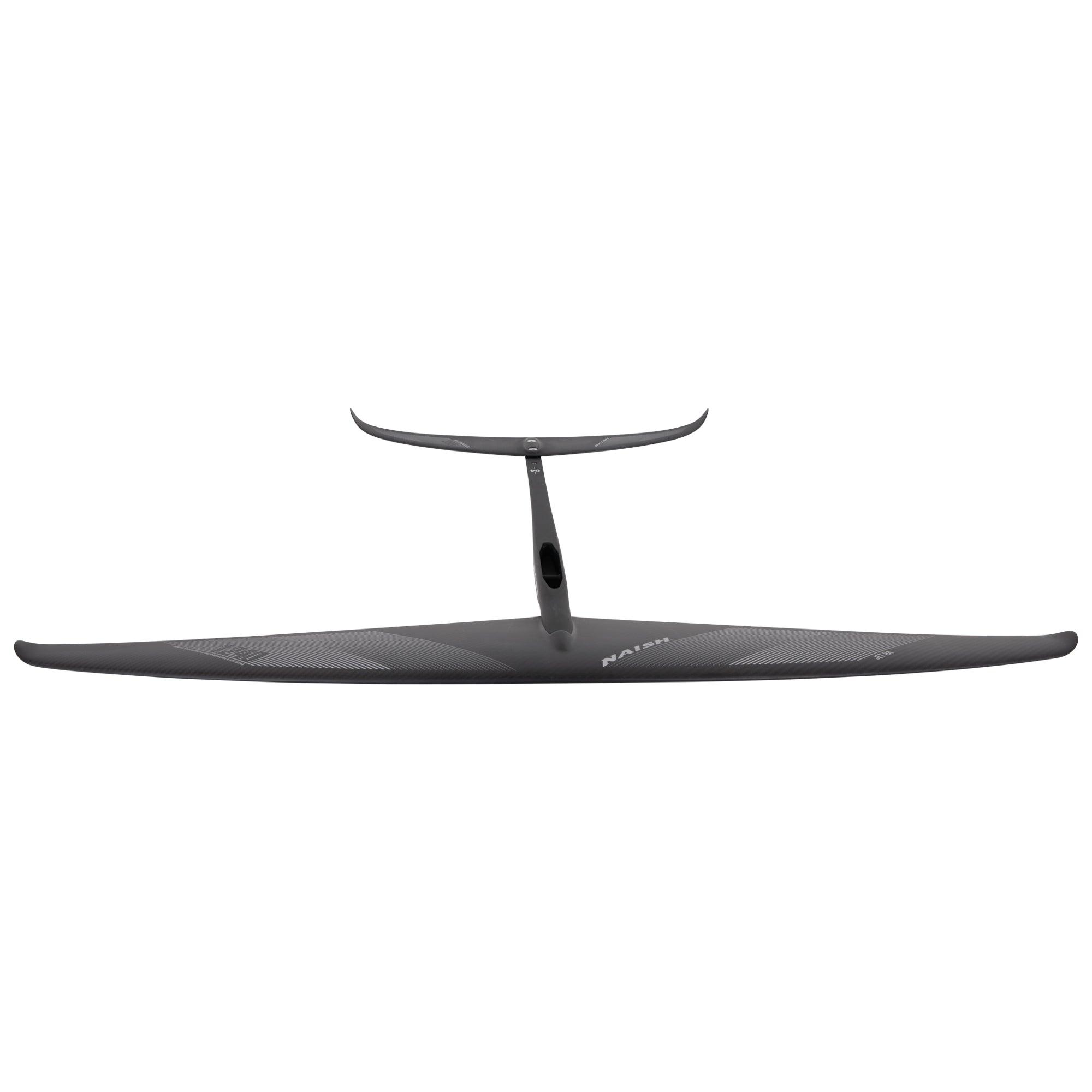
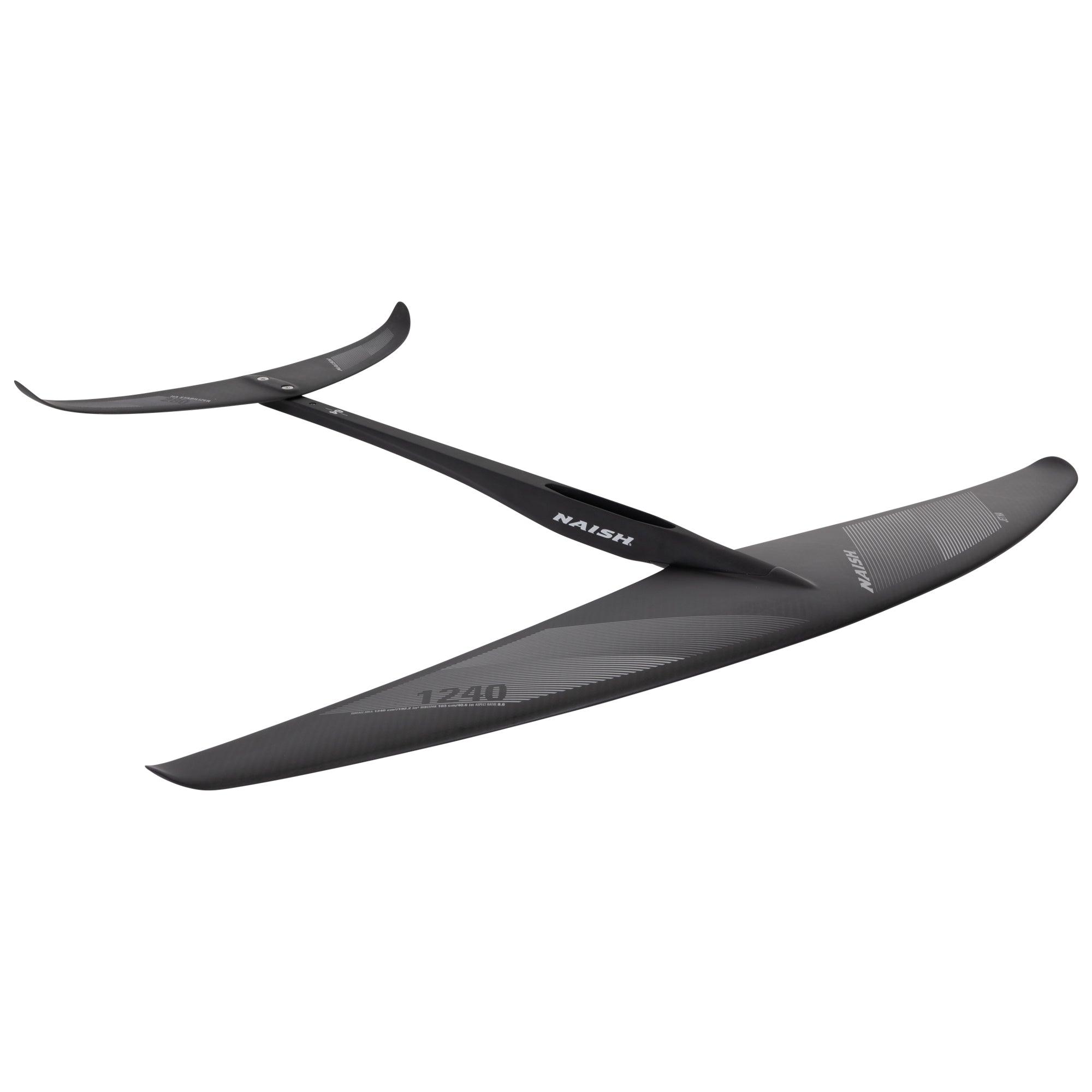
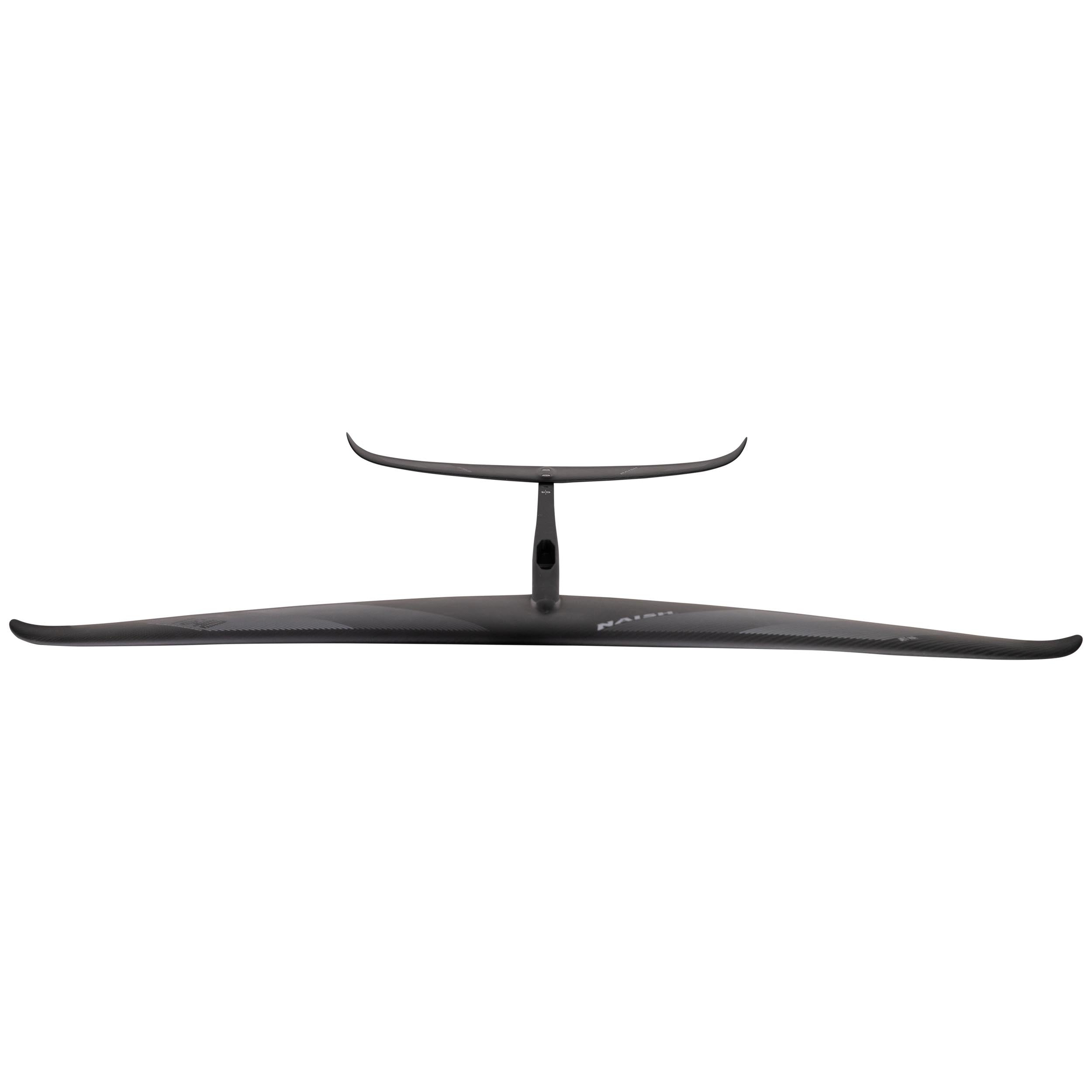
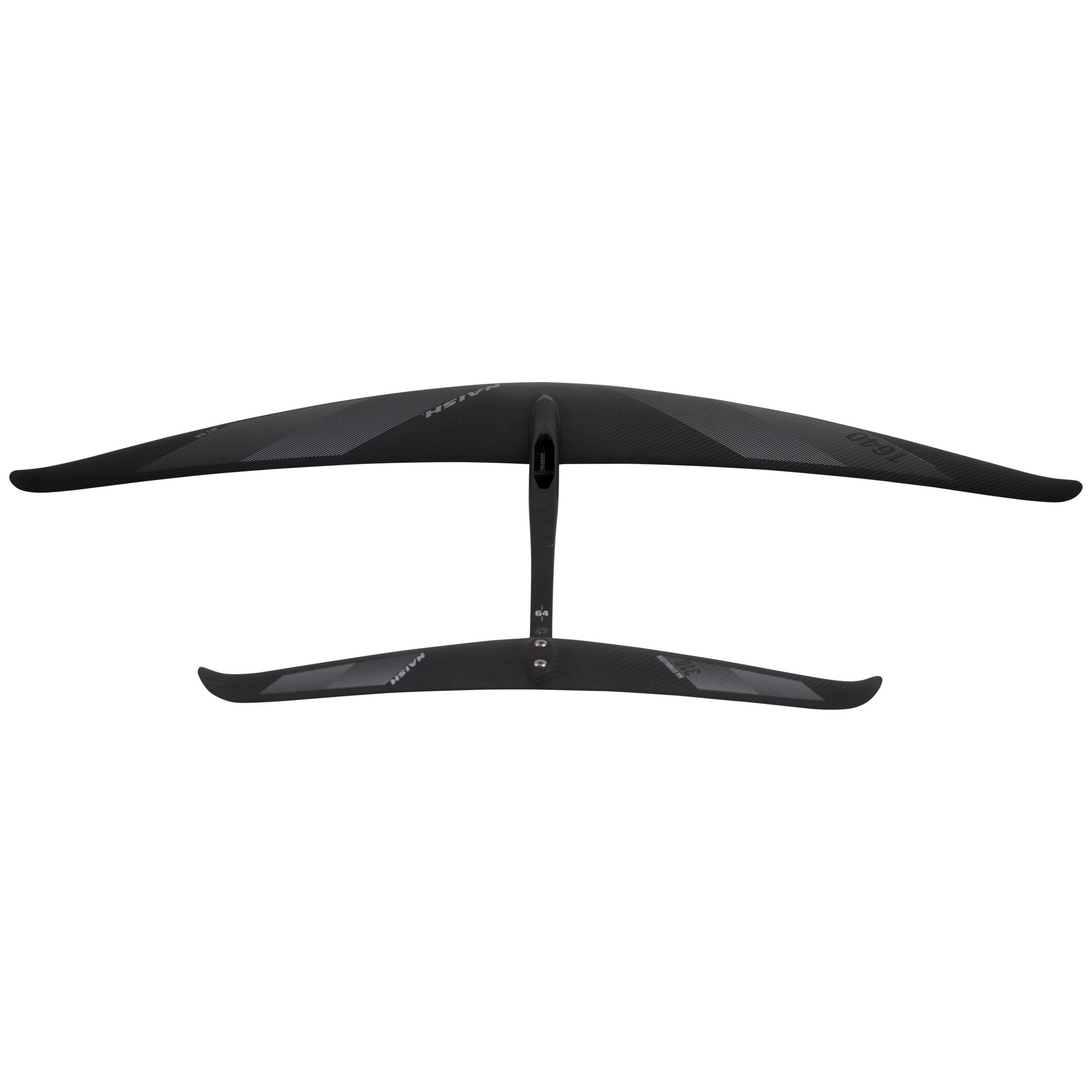
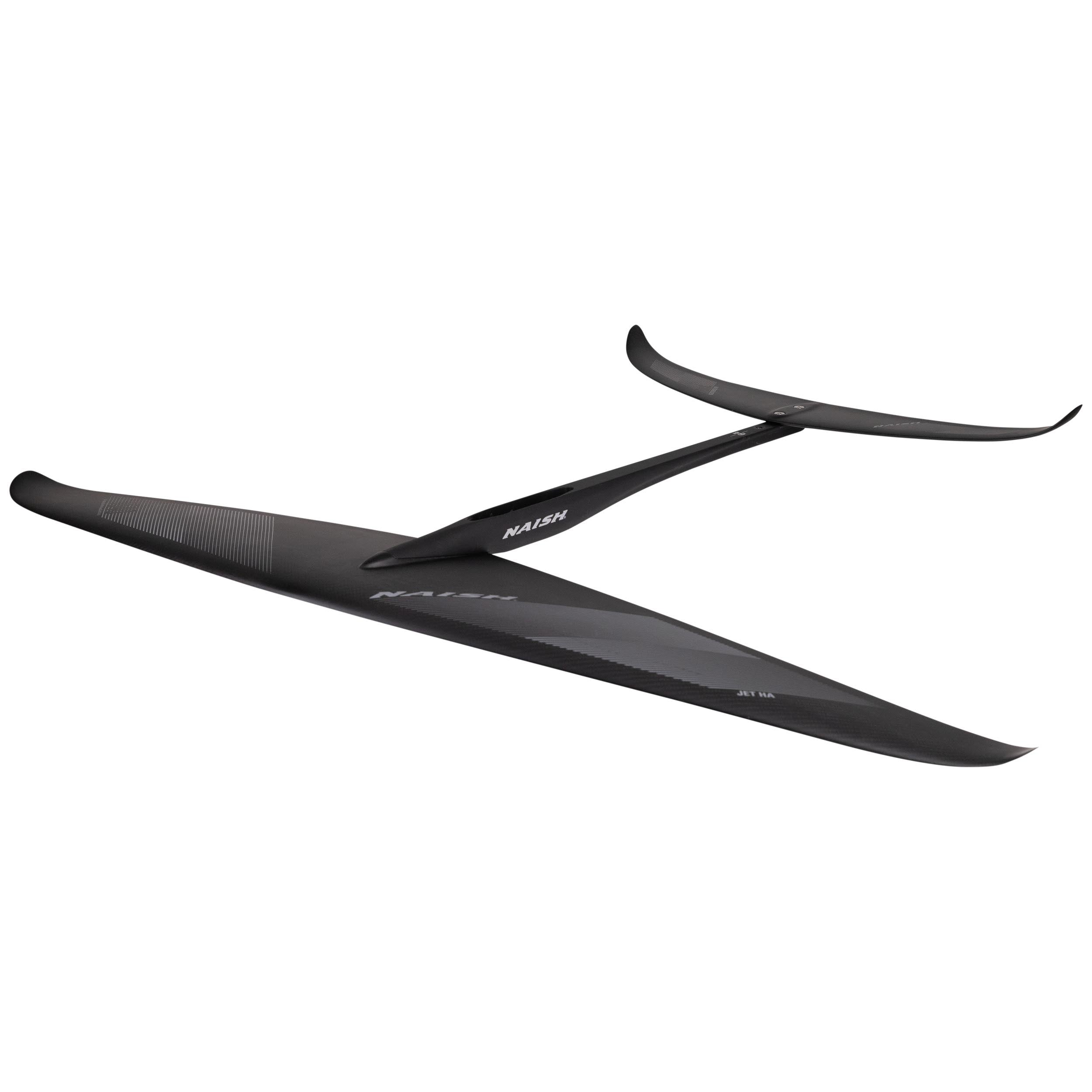
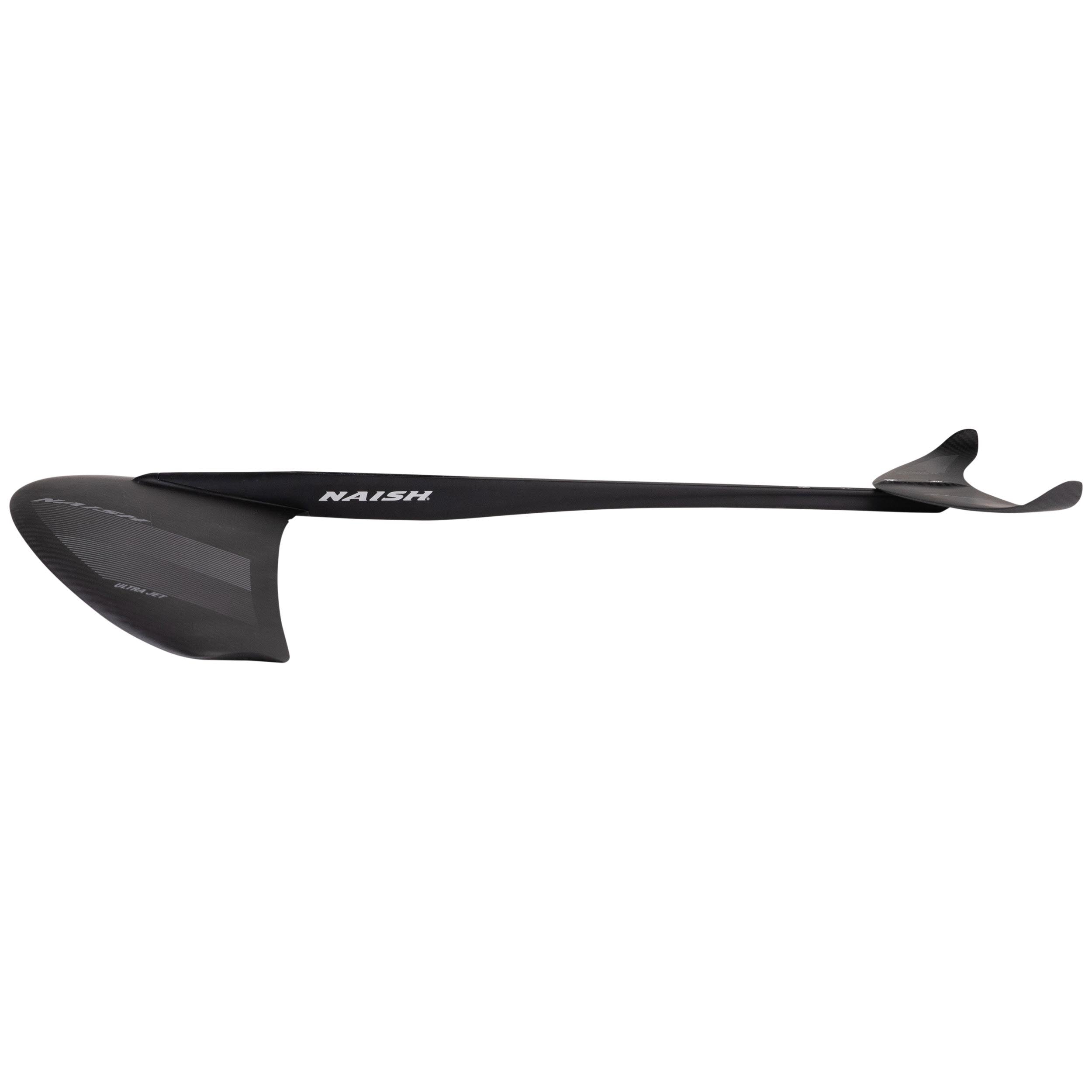
Jet HA Foil Semi Complete
Jet HA Foil Semi Complete
Black / 640
Javelin Logistics
5545 NE 148th Ave suite b
Portland OR 97230
United States
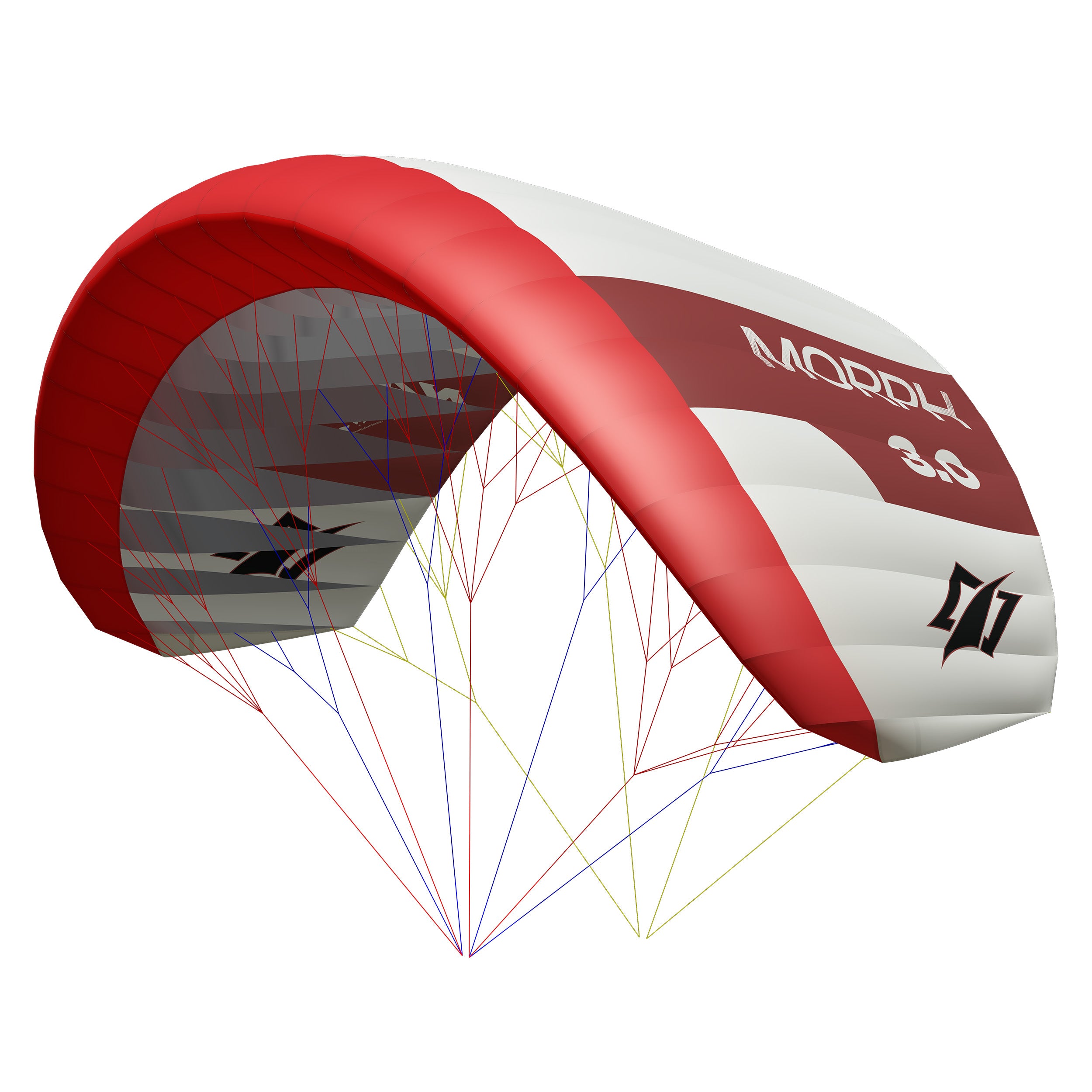
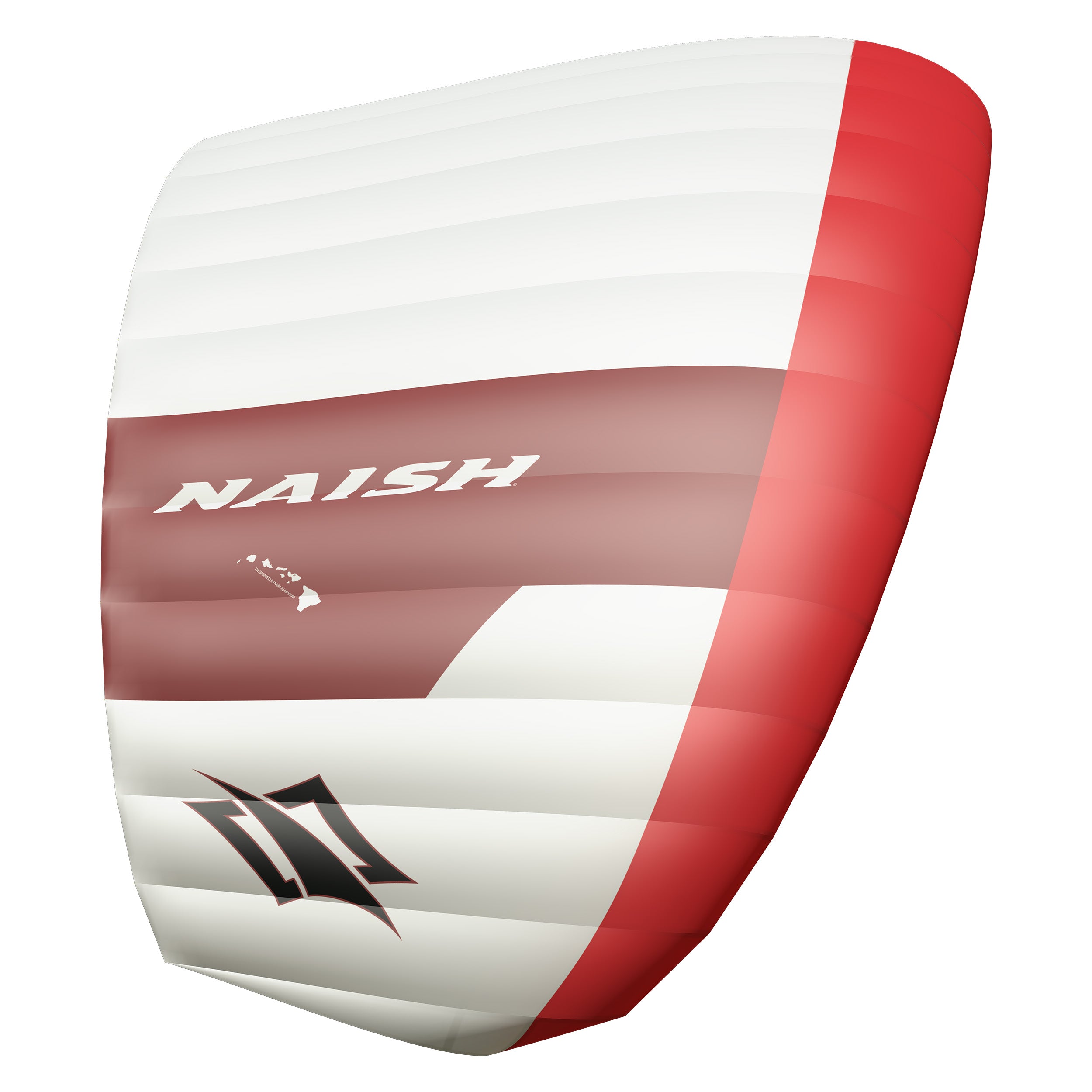

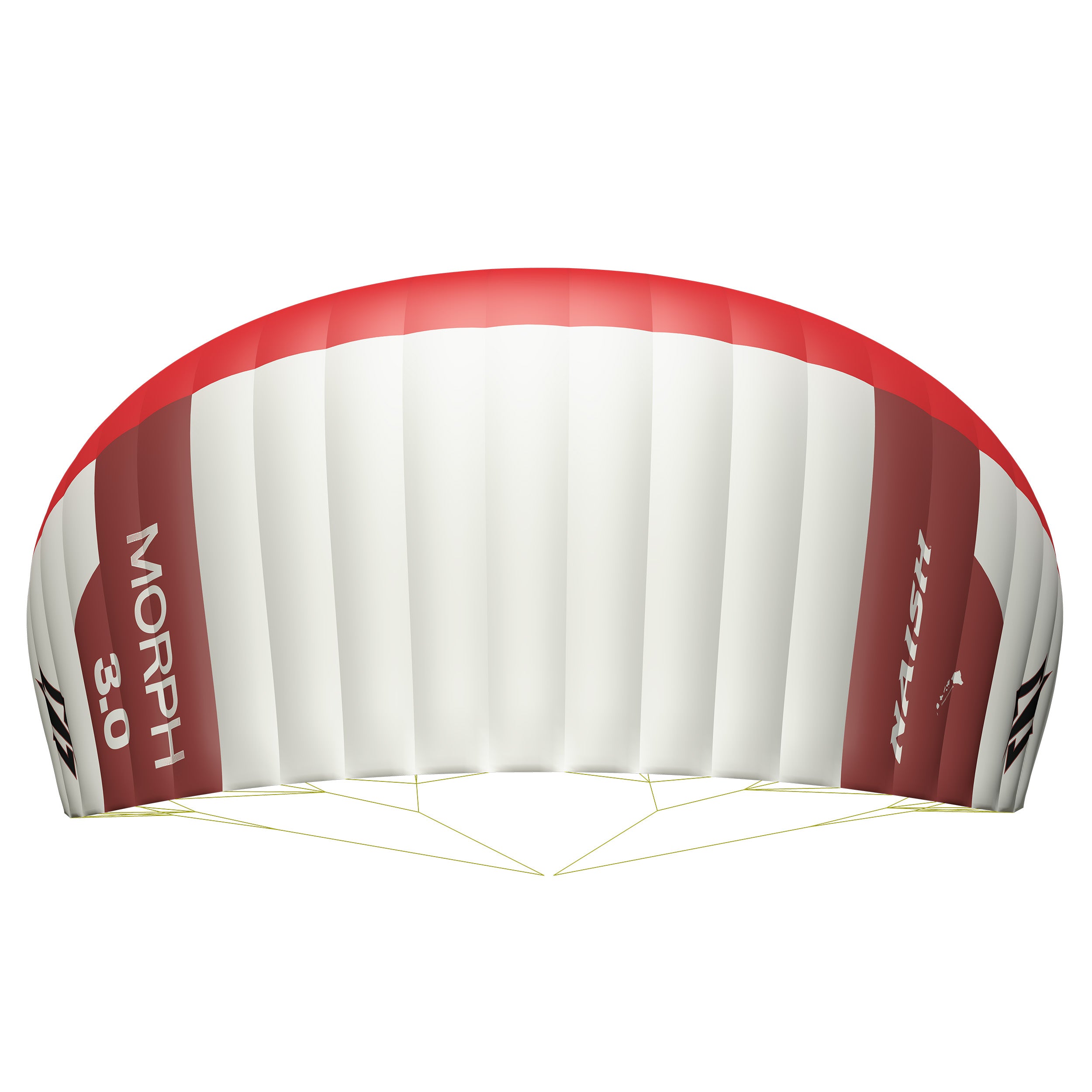
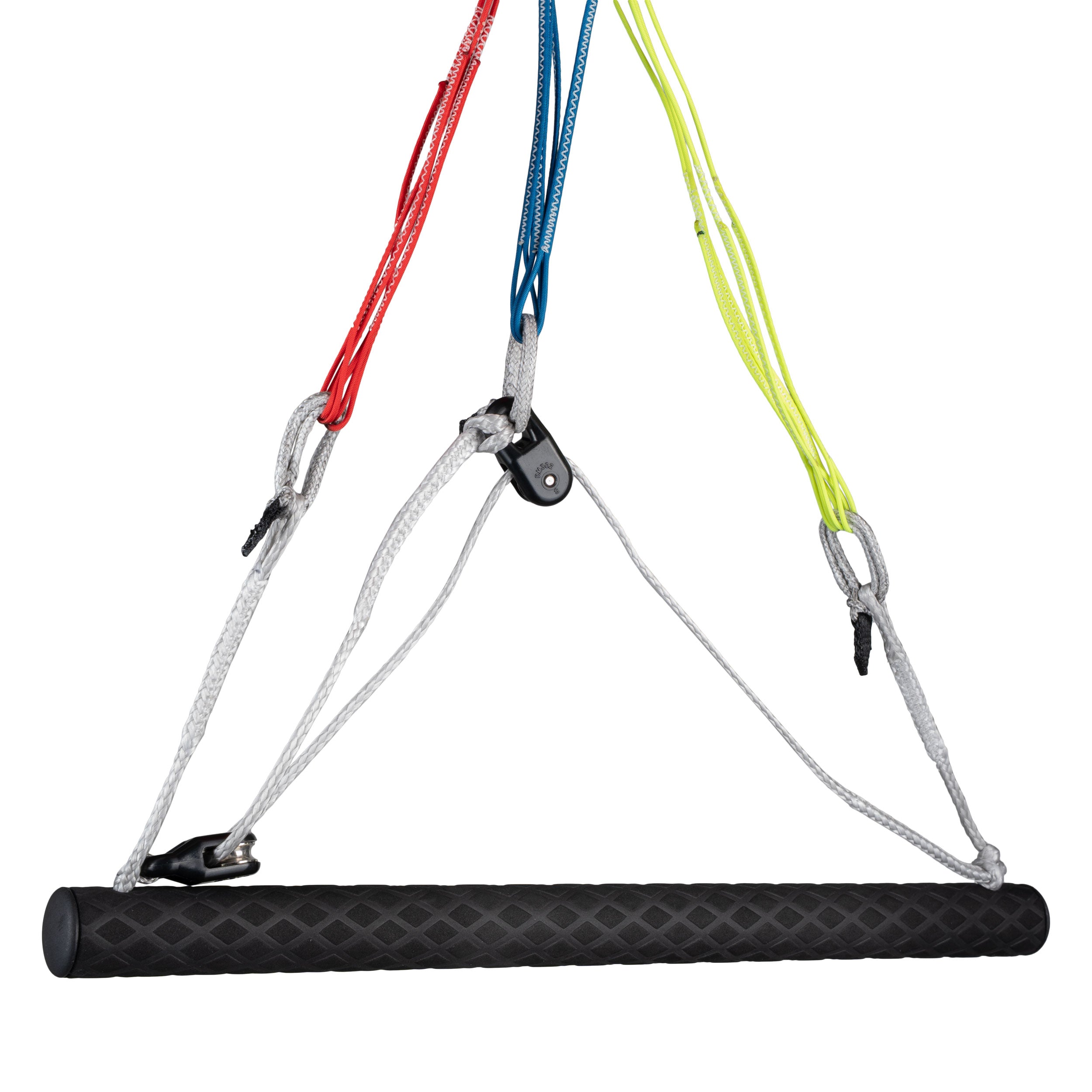
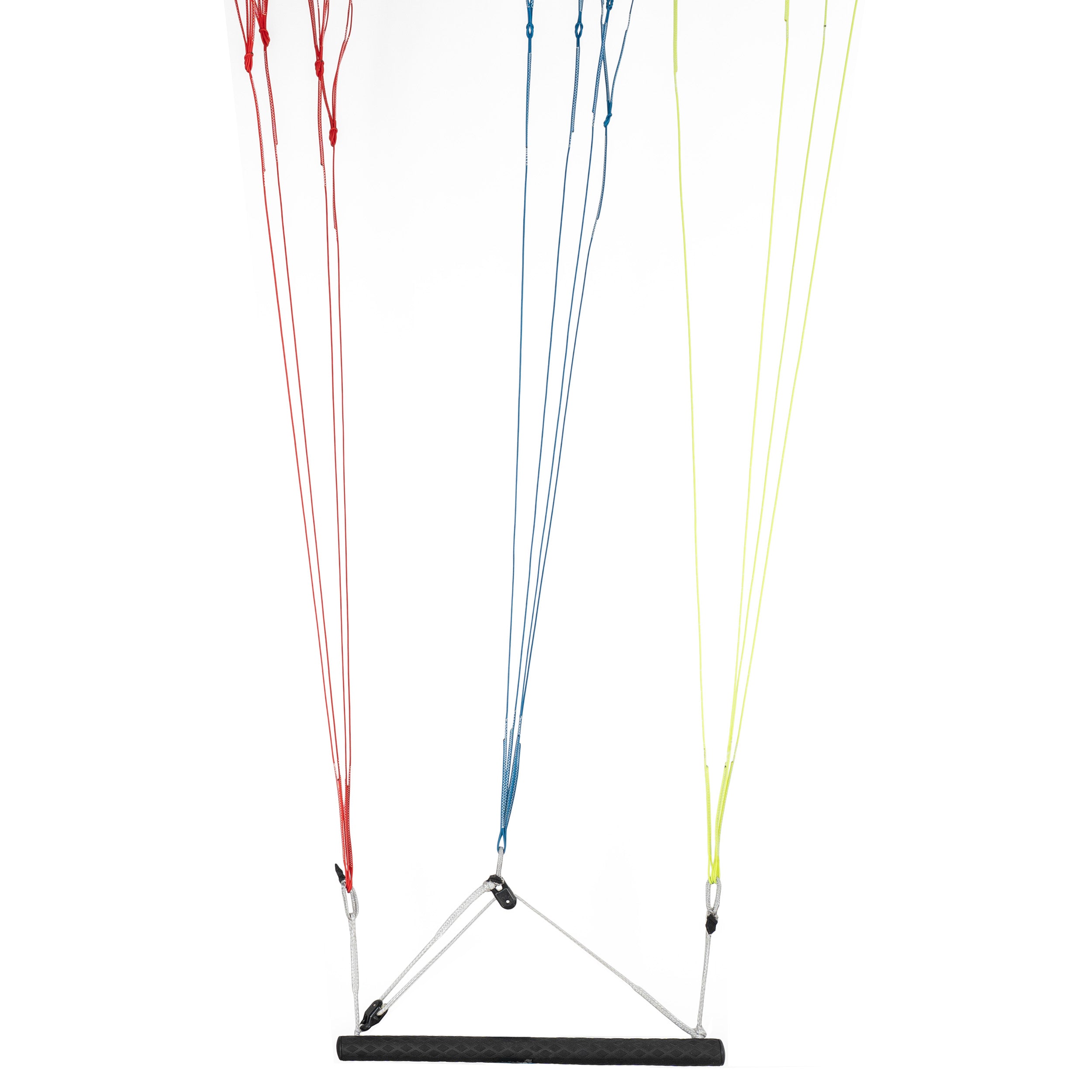
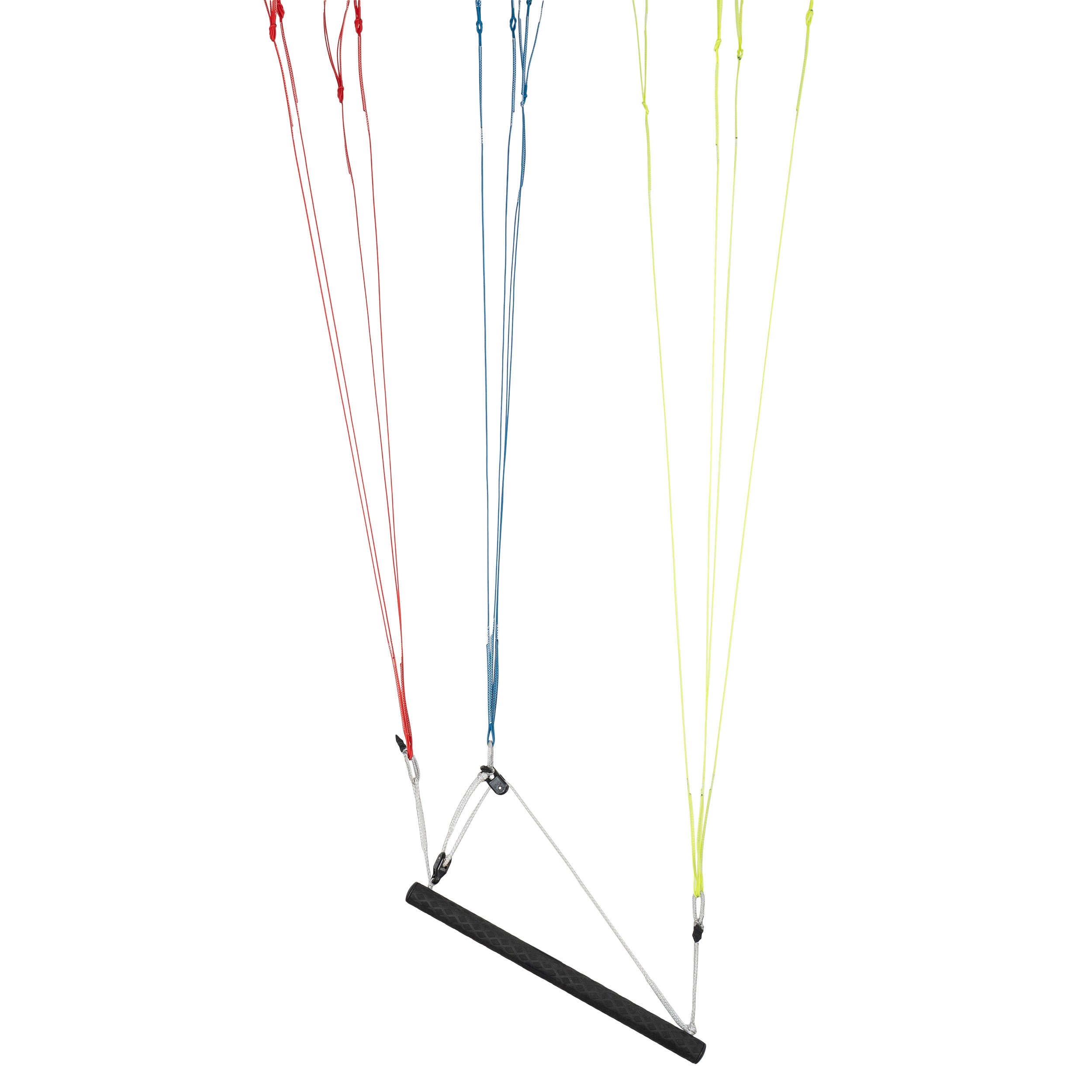
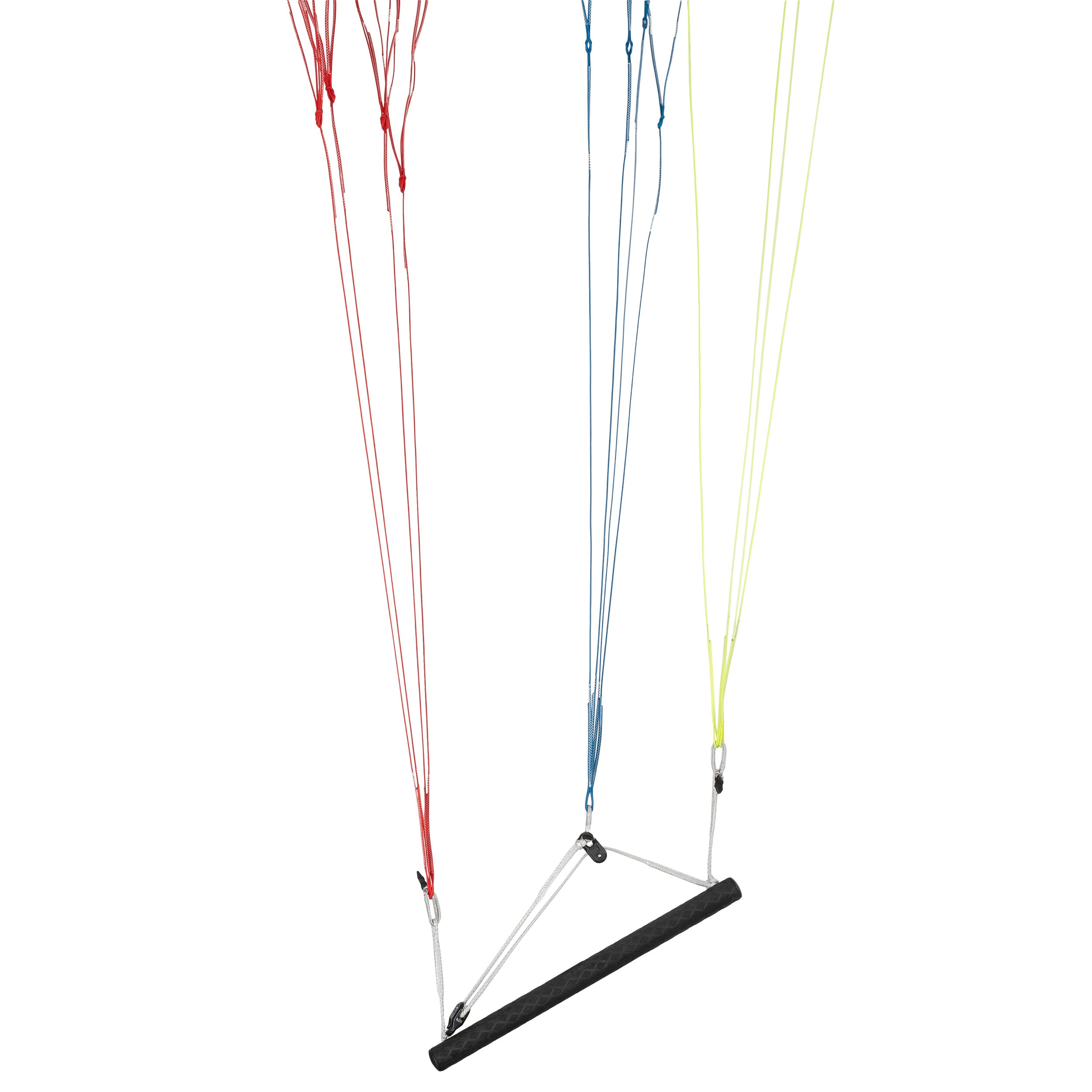
Morph
Morph
Red/White / 2
Javelin Logistics
5545 NE 148th Ave suite b
Portland OR 97230
United States

